Astronomy has its fair share of myths and misconceptions. This is probably only natural, given the prominent role celestial phenomena play in our everyday lives, from the beauty of a full Moon in the night sky to gorgeous sunsets and the pervasive notion of twinkling stars.
Below we've taken 8 of the misconceptions around astronomy that we hear most often, and have approached them from a scientific point of view to help explain these erroneous myths away.
The Moon appears at night

There’s a common conception that just as the Sun can only be seen in daylight hours, the Moon only comes out at night.
But Earth’s rotation means that the Moon must be above the horizon for 12 hours out of every 24, regardless of the length of the night.
As such, the Moon is often somewhere in the daylit sky. Whether we see it is down to two things – its altitude in the sky and its phase.
More Read our guide Why can we see the Moon during the day, or Why does the Moon's appearance change?
Stars twinkle

‘Twinkle, twinkle, little star’ has a lot to answer for. Stars often appear to flicker in the night sky, but this has nothing to do with the star and everything to do with our turbulent atmosphere. This has led many people to wonder why stars twinkle.
Once it reaches Earth, starlight is reflected, bent and contorted by this turbulence, until it reaches your eye. You can record this effect by photographing the changing colours of a twinkling star.
Viewed from space, stars would not twinkle at all.
More Read our beginner's guide to stars or find out more about the effects of the atmosphere with our guide to astronomical seeing.
Earth's distance from the Sun causes seasons
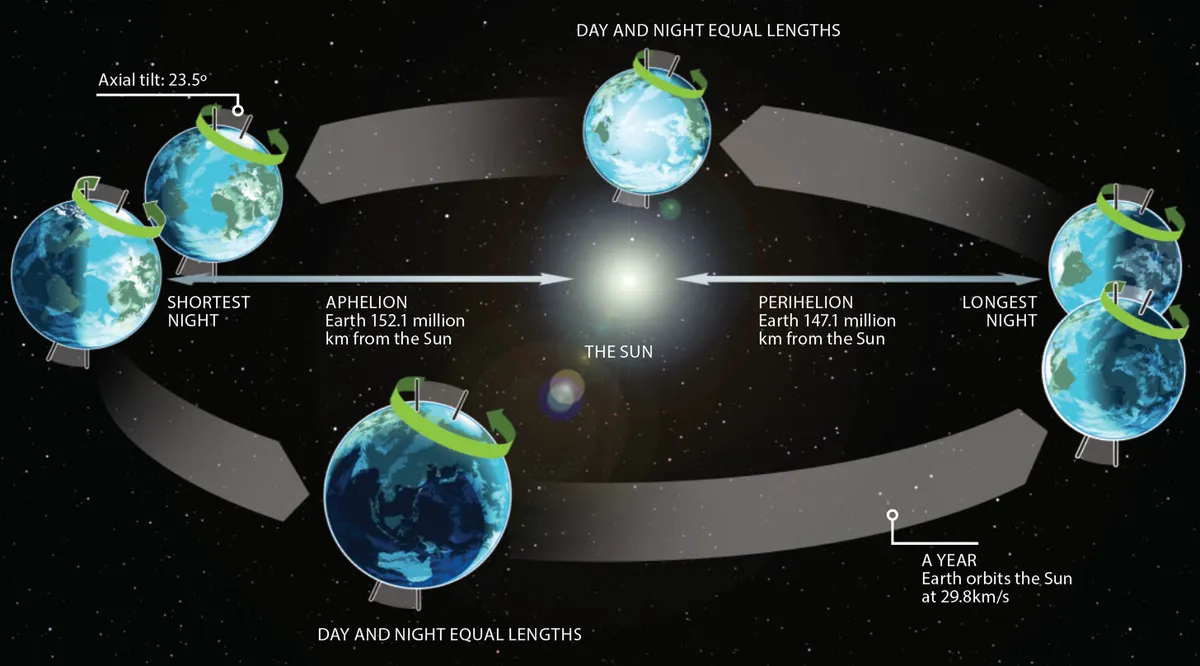
Not so. Earth is actually closest to the Sun during the northern hemisphere’s winter.
The real reason is due to Earth’s 23.5º axial tilt, which means each hemisphere gets varying durations of sunlight over the year.
More Find out more in our guide How does Earth orbit the Sun? or our beginner's guide to the ecliptic.
The North Star never changes
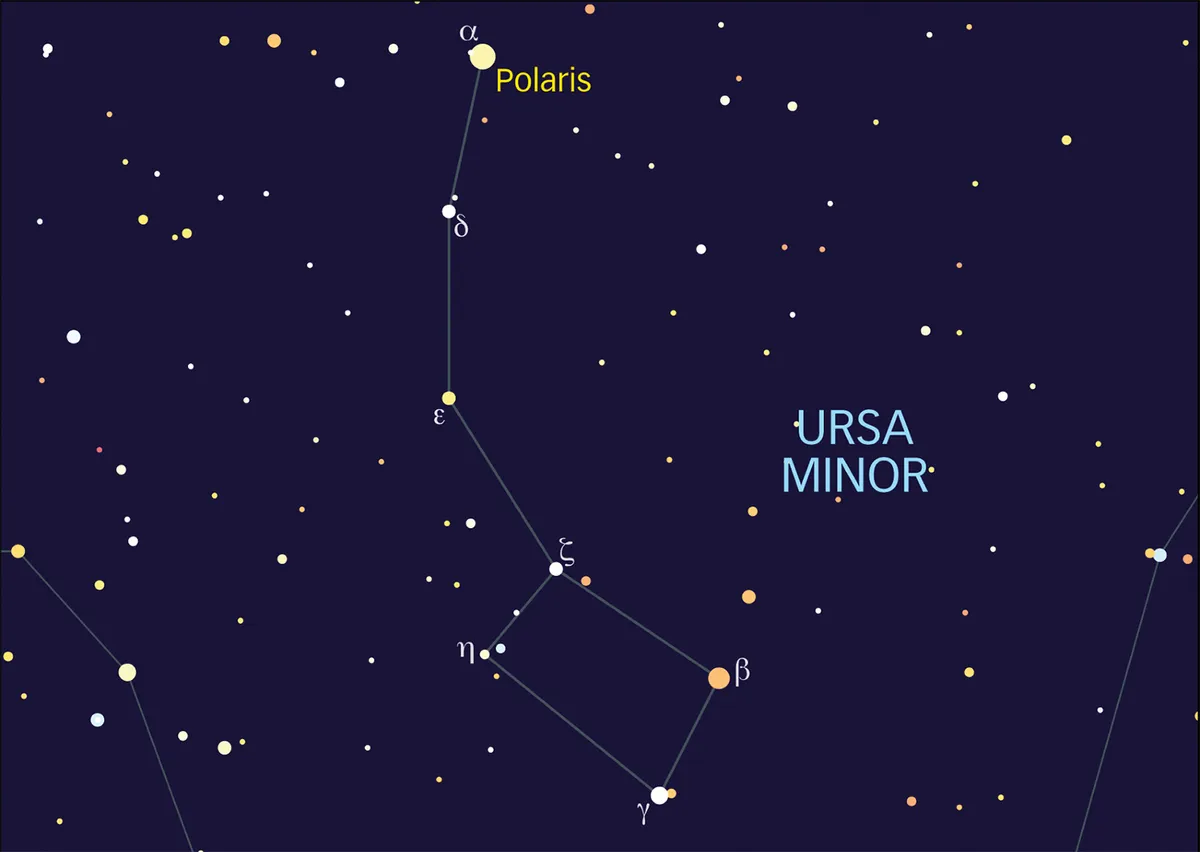
Polaris is located next to the north celestial pole, which the point around which the stars of the Northern Hemisphere appear to rotate. This is why it's called the North Star.
Yet Polaris's status as the North Star is merely a temporary one, a result of Earth wobbling on its axis as it spins.
The change is about 1º every 72 years, with a full cycle taking around 26,000 years.
In 3,000 BC the pole star was Thuban in Draco, but in 2,000 years time it will be Errai in Cepheus.
More Learn how to find Polaris with our guide How to star hop.
The North Star is the brightest in the sky
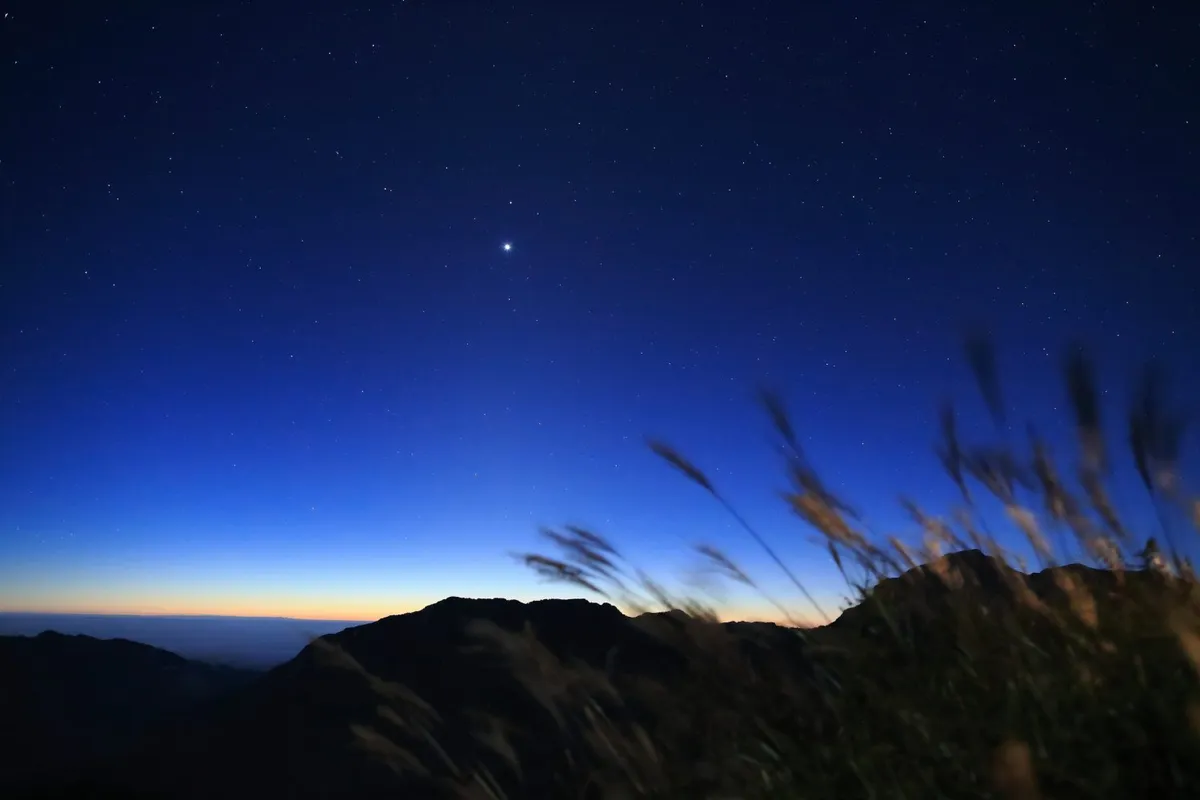
Polaris is certainly among the most famous, being star closest to the north celestial pole, but this usefulness does not make it the brightest in the sky.
Spend an evening outside and it will become obvious that this honour falls to Sirius, in the constellation of Canis Major.
More Read our beginner's guide to stellar magnitudes.
Shooting stars are stars
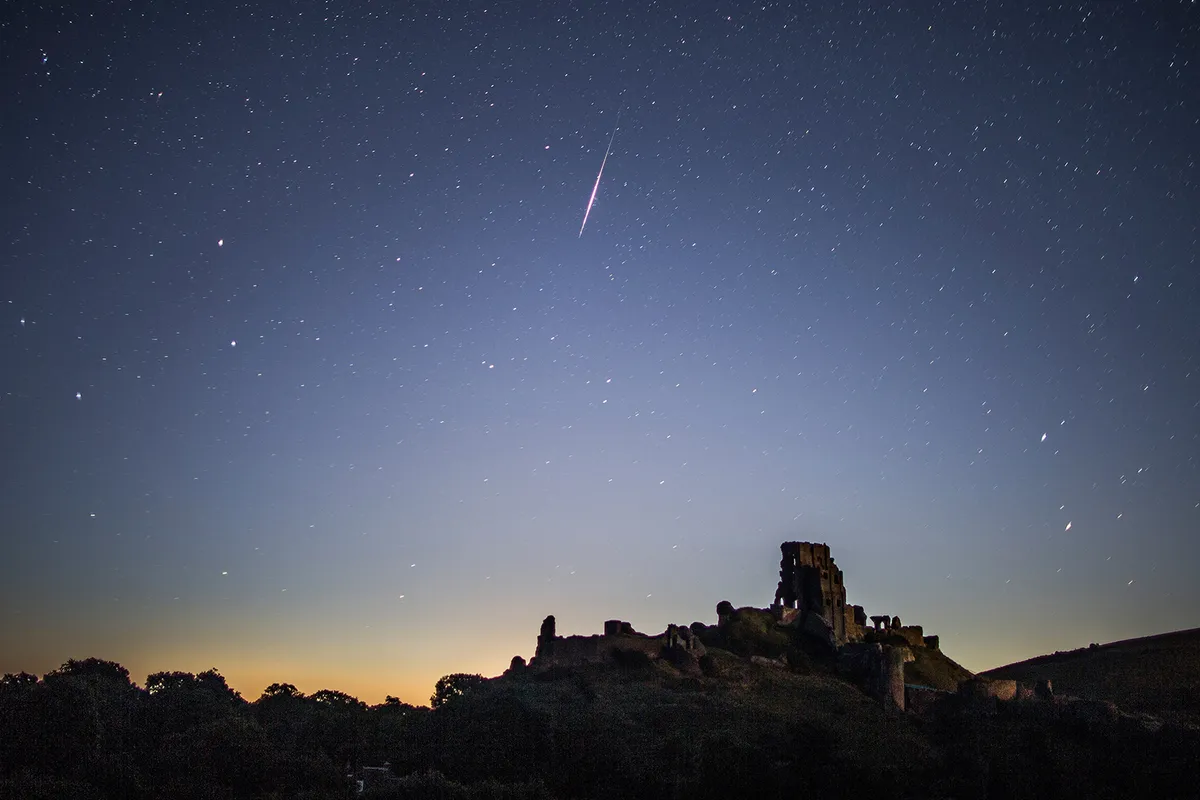
If you have ever wished upon a star, you may be shocked to learn it wasn’t a star at all.
The idea that shooting stars are literally stars streaking across the sky might be one of the most popular of all myths in astronomy.
When you see a shooting star, you're actually witnessing the bright flare of piece of debris, likely to be no bigger than a grain of sand, burning up in our atmosphere.
They are properly known as meteors. If a fragment makes it to Earth’s surface, it is called a meteorite.
Find out what causes a meteor shower or and when the next meteor shower is taking place.
Telescopes only magnify celestial objects
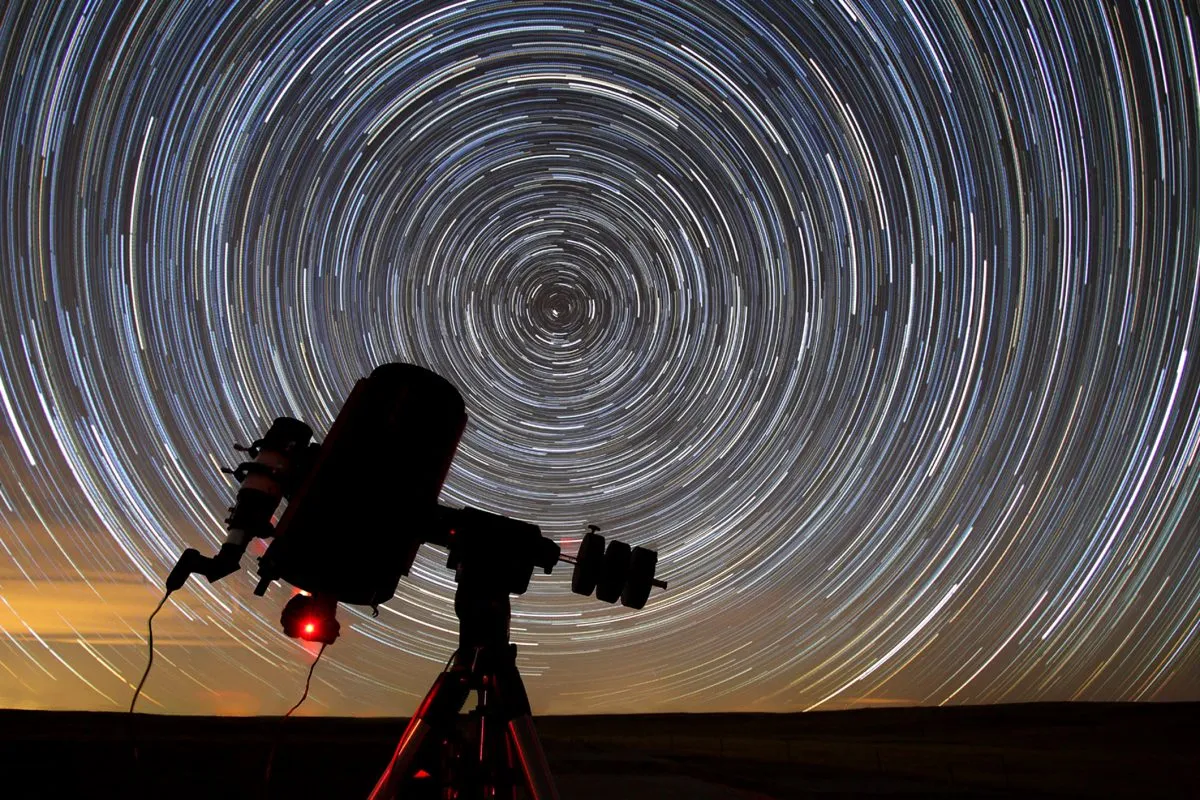
While telescopes can make the denizens of the night sky appear bigger, this isn’t their primary purpose.
Their main function is gather light, using a lens or mirror depending on the design, so that we can see objects too dim to view with the naked eye.
More Learn about telescope stats and how to understand the limits of your telescope.
There's a dark side of the Moon
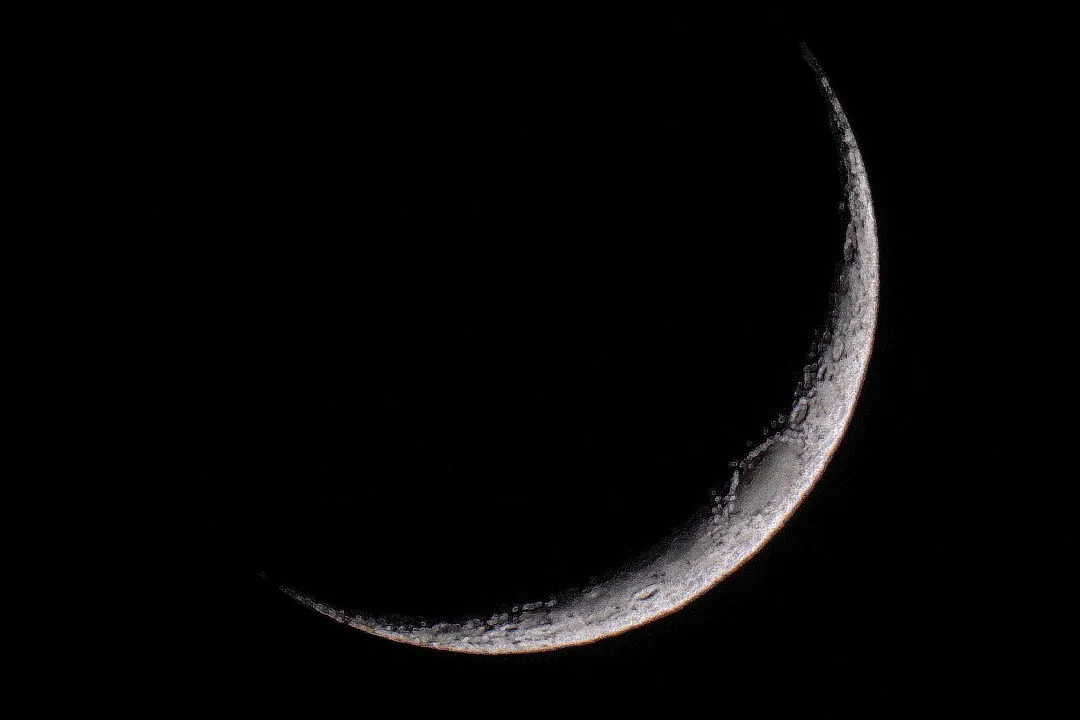
The phrase ‘dark side of the Moon’ is often and erroneously used to refer to the Moon’s far side, which means something subtly different.
The far side is the hemisphere of the Moon permanently turned away from Earth, but calling it the dark side implies is never sees any sunlight, which is not the case.
The lunar far side goes through the same cycle of phases as we see on the near side from Earth, with the only period it can technically be called the dark sidebeing the time of full Moon.
More Find out what's on the far side of the Moon
What are some of your biggest astronomy bugbears: the myths and misconceptions you just can't help but correct whenever you hear them erroneously uttered? Let us know by emailing contactus@skyatnightmagazine.com.